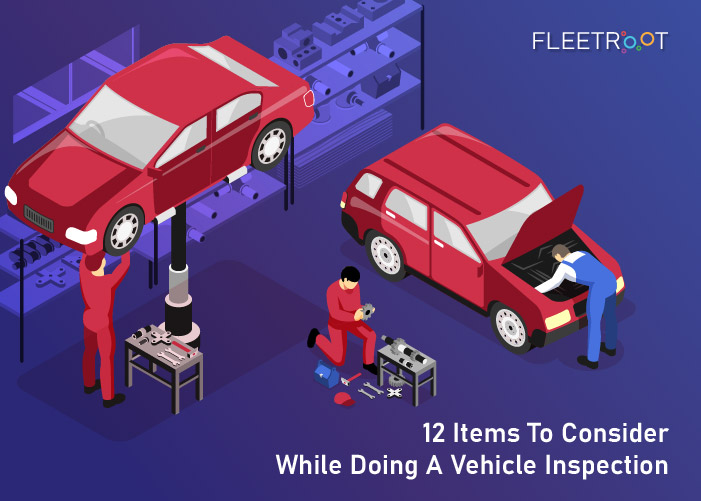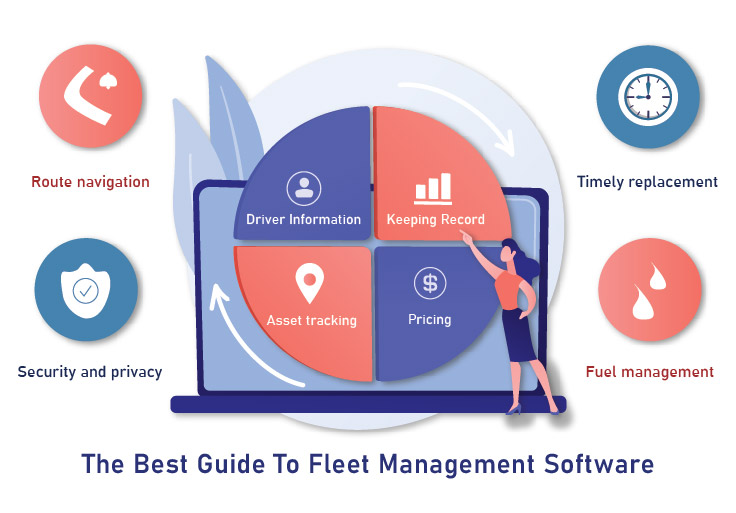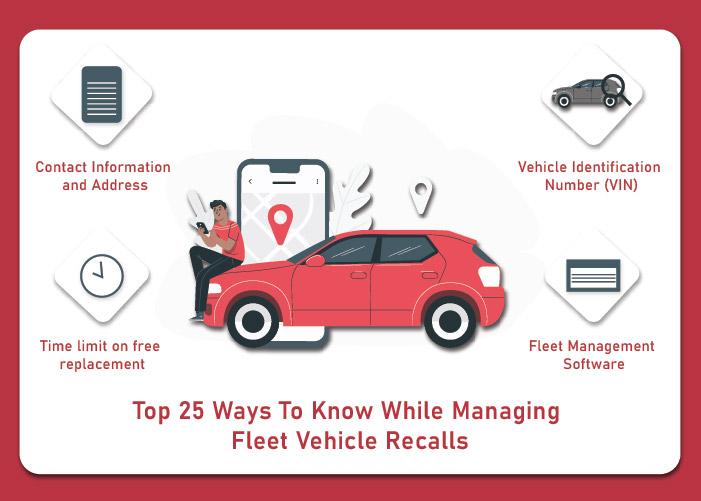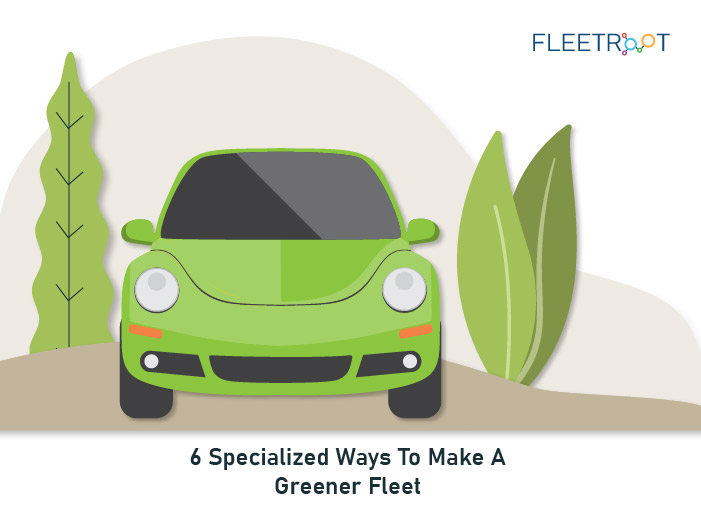Owning a fleet management business might seem easy, but maintaining vehicles can be a cumbersome task. So it’s essential to perform regular vehicle inspections to check if anything is wrong with your vehicles.
One of the critical business processes of any fleet owner is to analyze their vehicles just once in a year for each vehicle you own. It will help you stay on top of any maintenance your fleet needs to keep in perfect condition.
As a result, you can plan for any costs related to your business since repairs aren’t hitting you when you haven’t planned for that budget.
Here are the top 12 things you should consider while inspecting your vehicles
1.Test the brakes
Brakes are one of the critical parts of the annual vehicle inspection process. No matter what you are driving and at how much speed you are driving, you need to slow down or stop your vehicle whenever necessary.
You can run a brake test by stopping from a speed of 40 kmph, then again from an elevated pace. If the brake feels like pulsing, then you need to replace it.
Also, measure the width of brake pads by removing the front wheel. If the pads measure less than ⅛ inches thick, they need a replacement immediately.
Moreover, you need to check the emergency brake. You can do that by driving your vehicle to the top of a slope and roll it down while in neutral and applying the emergency brake.
2. Check Bumpers
Checking bumpers is a comparatively additionally the natural process. You need to analyze if the front bumper is fastened securely without any damage or breakdown. Once the examination is done, create a checklist about its condition. Repeat the same with the rear bumper.
3. Check the horns
Blowing a horn in your vehicle is the simplest yet substantial way of informing other riders on that road that you are beside them. So check if the horns work correctly. Use the horns 2-3 times to verify the proper working. Your vehicle’s horns should be loud enough to be noticed by the others on the road. Once you have analyzed the horn, add your findings in the checklist.
4. Check the seat belts
Your seat belts must be in a proper working condition. Seat belts are the primary safety measure the driver can take to survive in a road accident. Check if the seat belts could be adequately locked and have a grip.
5. Examine the Defrosters and heating
Defrosters can work as a boon in winters. A driver may find it difficult to see outside the vehicle if the frost or fog is layered on the windshield. It may also result in a mishap. To avoid that, analyze by turning the front and rear defroster on. Check if the hot air is blowing on both the sides of the vehicle.
Once you have tested the defrosters, test out the heating too. Turn on the heat and make sure you can feel its effect.
6. Check for any emergency equipment
In some countries, specific emergency equipment is legally required. It is based on the country where your business operates. Make a checklist of the below-mentioned equipment as per the requirement in your area.
First aid kit
Fire extinguisher
Flashlight
Warning triangle
Blanket
Flares
Shovel
Chains and tools
Reflective jackets
Headlamp beam deflectors
Spare bulbs
Breathalyzers
7. Check the Lights
Vehicle lights play an important role in helping drivers in the night. So it’s essential to check the headlights and the tail lights of the vehicles for its safety at night. Examine the vehicle for both high and low beams working properly.
Also, check if the lights are tightly secured, and there are cracks in the casing plus no condensation is forming inside the case. Also, check if the taillights are in full working order, and the casing isn’t damaged and using red bulbs.
In addition, check the brake lights. You might need another person to check it while you use those brakes, or you can check the reflection of the lights on a plain surface or a mirror behind you. Besides, check the turn indicators on both sides, including the four-way flashers.
8. Check the mirrors
Inside and outside mirrors are important to view other vehicles running behind or beside you. Mirrors will help you when you need to park your vehicle (if the reversing camera isn’t available), change the lane while driving, and so on.
Check the outside mirrors by analyzing if both are correctly installed and in good condition. Do the same for the inside mirrors by testing the adjustments. The road behind the vehicle should be easily visible to the driver.
9. Check the Tires
Tires are the parts of a vehicle to ensure its smooth run. Make sure that your vehicle’s tires and wheels match to give a constant level of support.
All the tires should be of the same type.
Also, the tires must be in a roadworthy condition. The tire pressure must be sufficient, and there should be no cuts & breaks. You also need to check the wheel alignment to ensure a smooth run. For a safer side, keep tire replacement tools and a spare tire inside the vehicle.
10. Check condition under The Hood
Under the hood, you should check the brake fluid level in the translucent container that has a line marking the maximum fluid level. Similarly, check the windshield washer fluid level.
Inspect the quality & level of the engine oil. Check if you need to change the engine oil and clean the tank.
11. Check the Clutch
Check if the clutch is engaging and disengaging properly. While the vehicle is running, keep the foot on the pedal and put the vehicle into gear. The gears should shift without popping or grinding sound.
Check the fluid level in a hydraulically operated clutch and cables in cable operated clutch. The clutch should not slip while in use and must not have any sort of burning smell or grinding noise.
12. Check the Steering Mechanism
Check the level of power steering fluid at every oil change session and change the fluid periodically every 30000 km or two years. Besides, you should inspect the belt of the power steering. Eventually, the steering box may need to be replaced once it has covered 100,000 kilometers or more. Keep the check on it.
Conclusion,
For better fleet management, you need to consider all the above points to ensure a safer run for your vehicles.
Adding to the mentioned checklist of vehicle inspection, you should also consider examining battery, signals inside the vehicle, gearbox, windshield wipers, and window controls.
Request your Fleet Management Software Demo Now.




